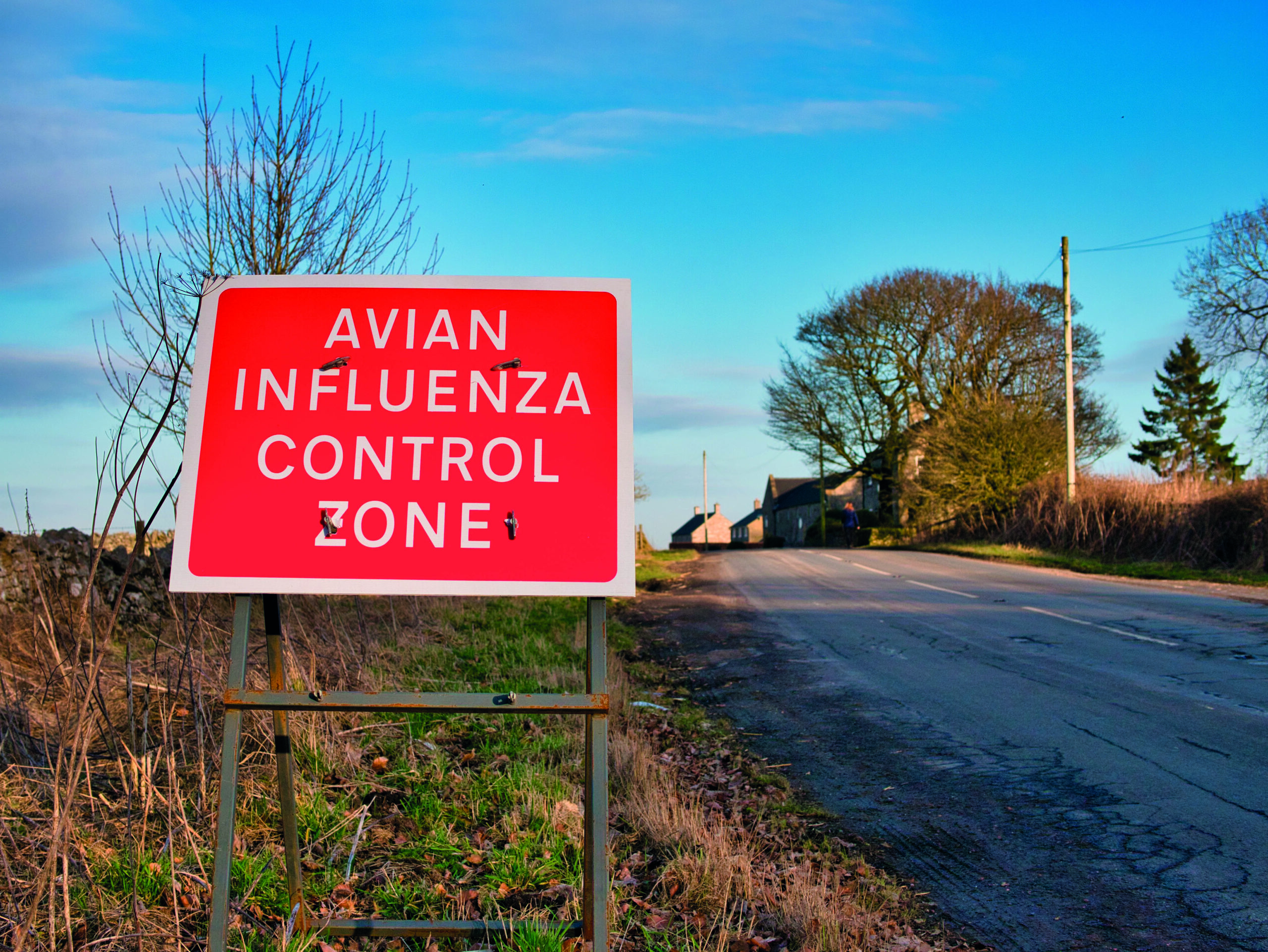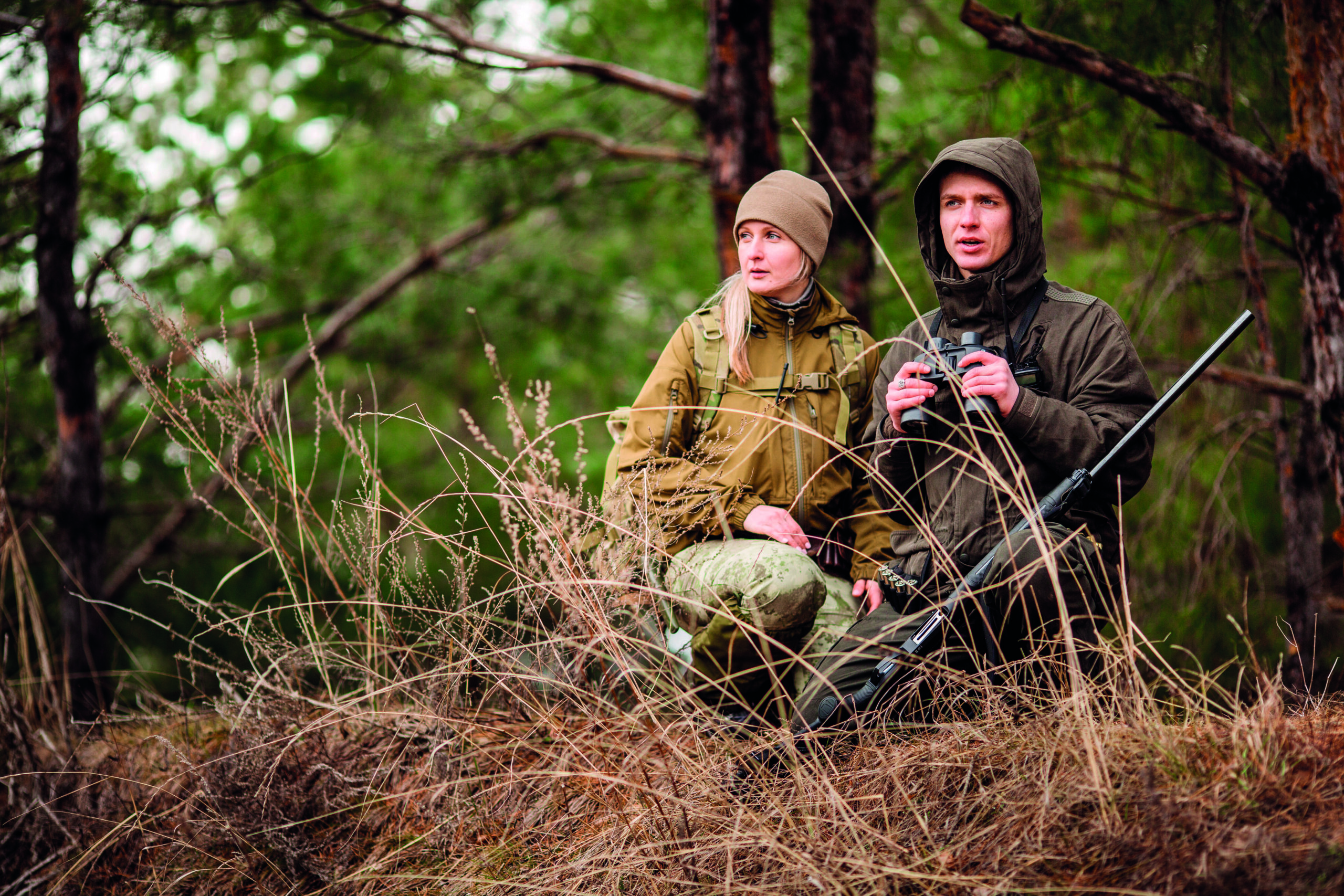Government claims bovine TB policy is working
The government announces further clampdowns as bovine TB hits a 10-year low, claiming the current strategy is "beginning to make a difference"

The number of cattle compulsory slaughtered during January to March was down 4.89% on last year, with 454 fewer animals killed. Furthermore, the number of new outbreaks discovered through testing (known as the monthly incidence rate) was around 3.25%, which is the lowest rate since 2004.
As a result of these figures, Farming Minister George Eustice said the government’s strategy is starting to have an impact.
“The statistics show that the controls in our bovine TB eradication strategy are beginning to make a difference and the further measures announced will help even more to bring this devastating disease under control,” he said.
“However we cannot become complacent. The impact of bovine TB on our cattle farmers, their families and their communities cannot be overstated. That is why must do everything we can to reach our aim of making the whole of England TB free.”
Further clampdowns
DEFRA has confirmed that from October 1, movement restrictions will apply to all cattle on a farm until all the animals have achieved official TB-free status. Farmers are concerned that this will prevent them from trading, as they could previously use the partial de-restriction to keep some of the farm trading while under restriction.
DEFRA also revealed intentions to extend it’s threat of reductions to Single Payments for overdue TB surveillance tests to include TB tests in restricted herds. This has already helped achieve at 60% reduction in late TB surveillance tests this year.








